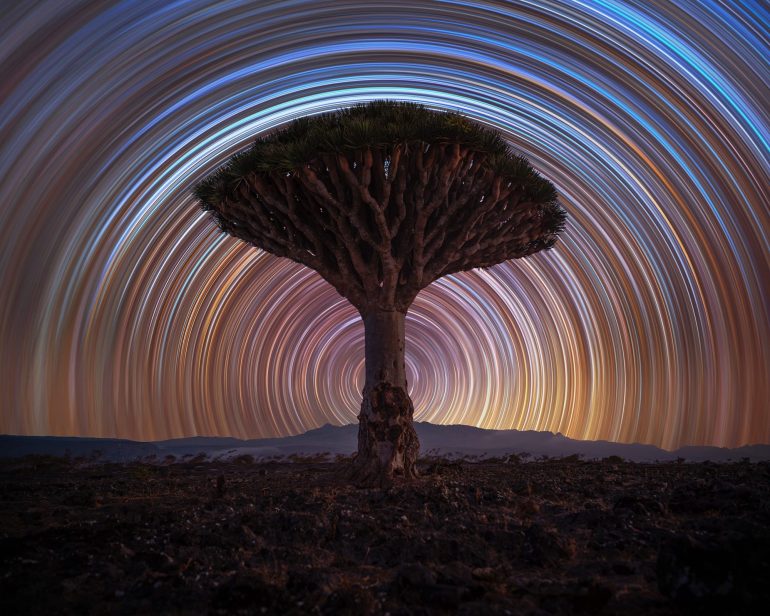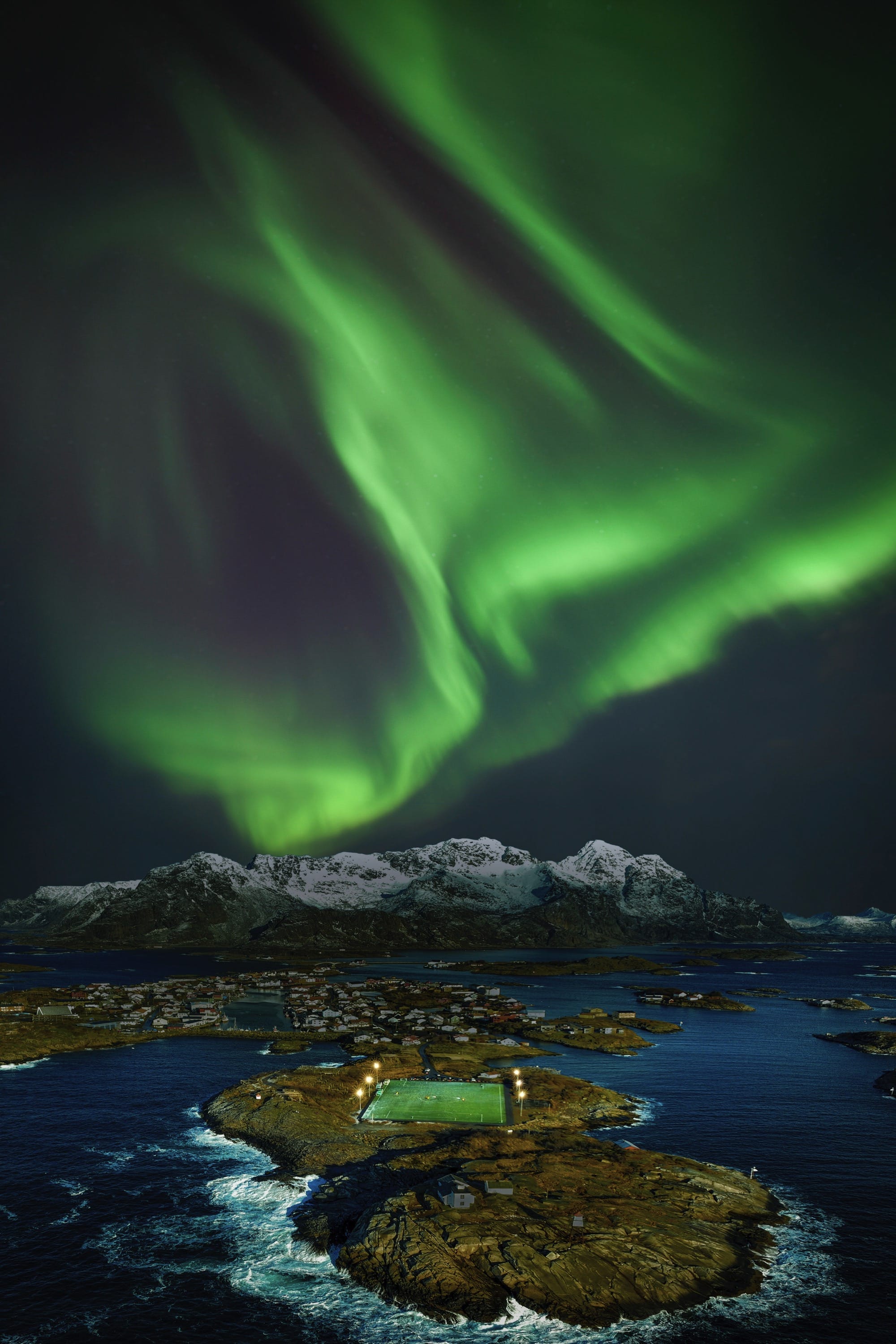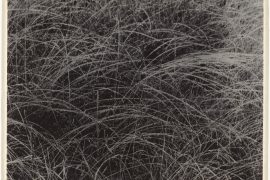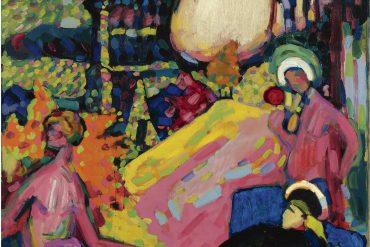The 2025 International Aerial Photographer of the Year competition showcased extraordinary global landscapes from a unique bird’s-eye perspective, featuring 101 winning works that capture the awe-inspiring beauty of nature and human interaction.
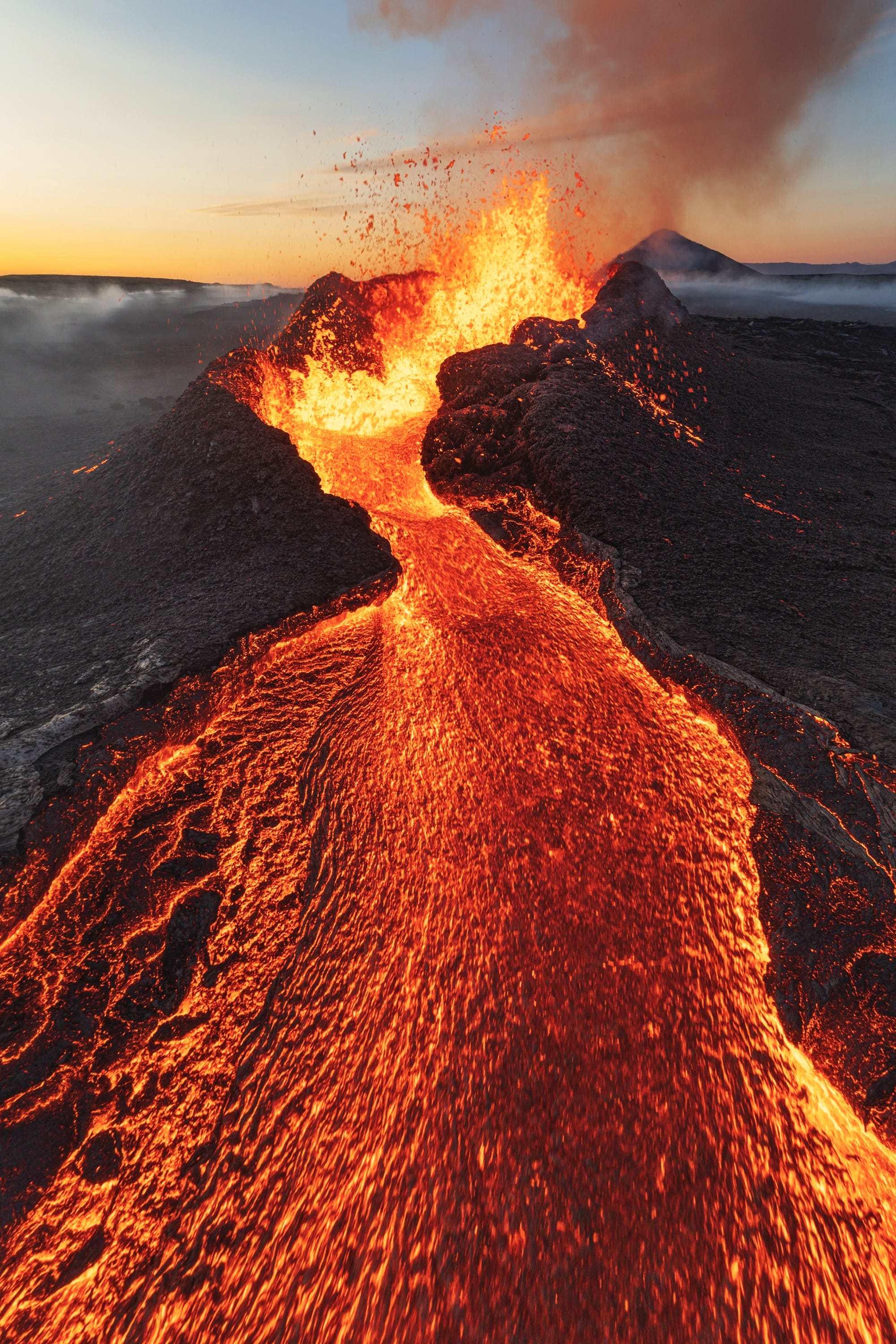
Theme & Scale
• The inaugural contest received 1,549 submissions, covering diverse themes such as natural wonders (e.g., Litli-Hrútur volcano), ecological interactions (e.g., cow-nosed rays and herring schools), and human landscapes (e.g., the salt dome “Cono de Arita”).
• Chinese photographer Jie Xu’s “The Most Beautiful Football Field” depicted a lone soccer pitch in the Arctic, highlighting humanity’s delicate coexistence with extreme environments.
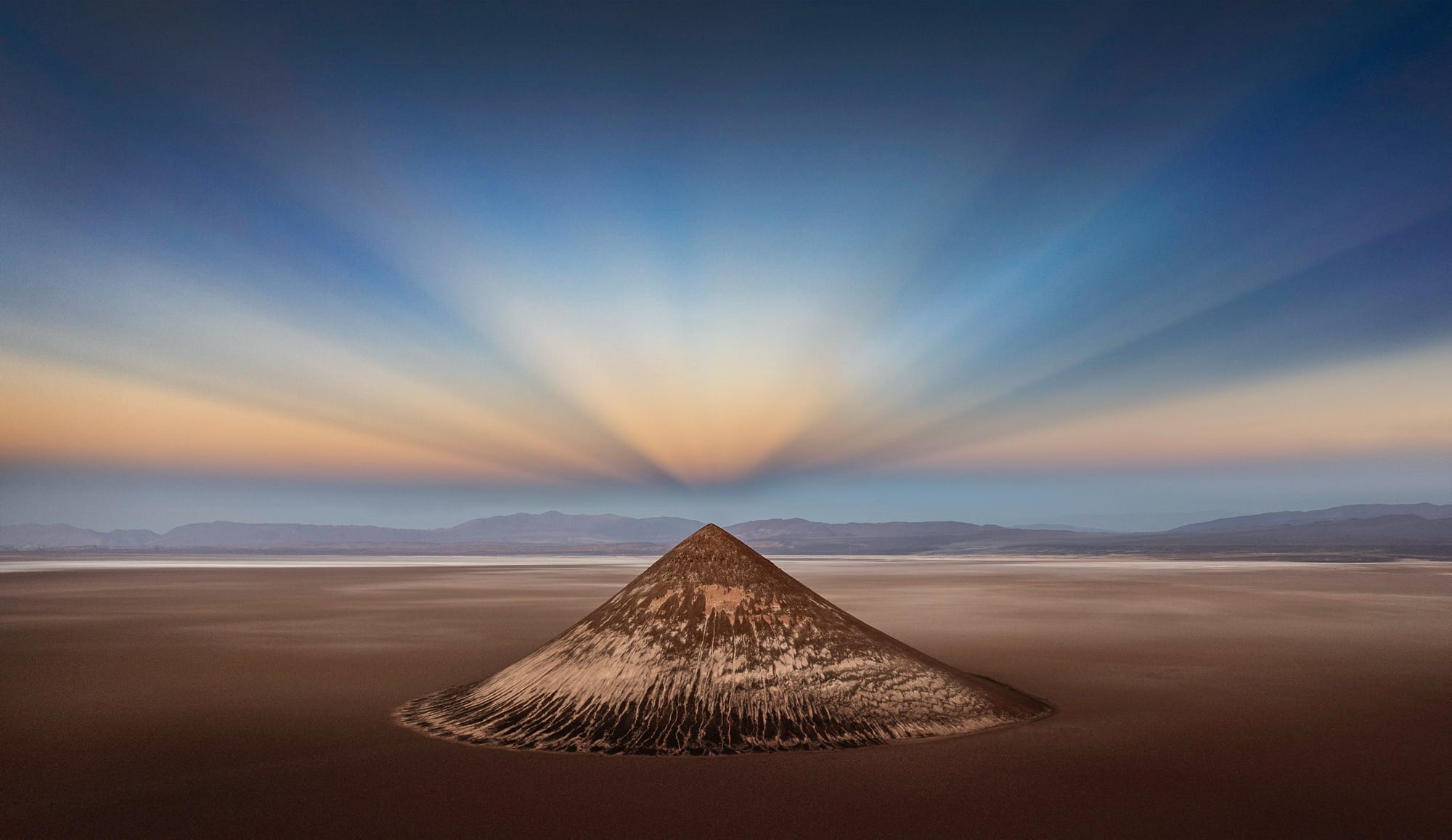
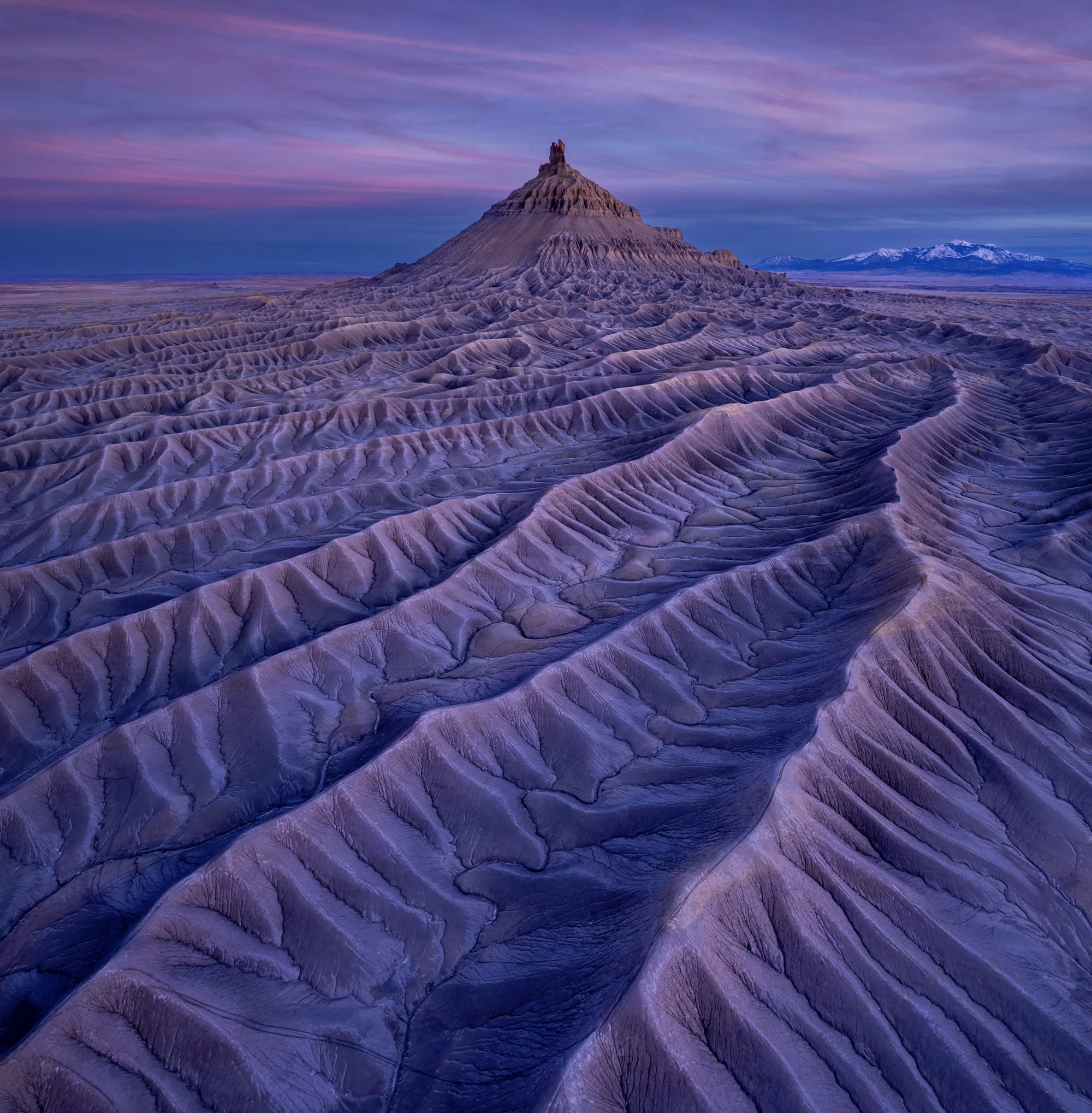
Art & Technology
• Winning works like “New Earth” (Mike Mezeul II) used light and composition to mimic alien terrains, while *Ground Veins* (Xiaoying Shi) abstractly portrayed geological textures, showcasing aerial photography’s artistic potential.
• Dynamic moments, such as “Veins of Light and Rivers of Fog” (Ray Cao)’s fog-shrouded highway, emphasized precise timing and weather conditions.

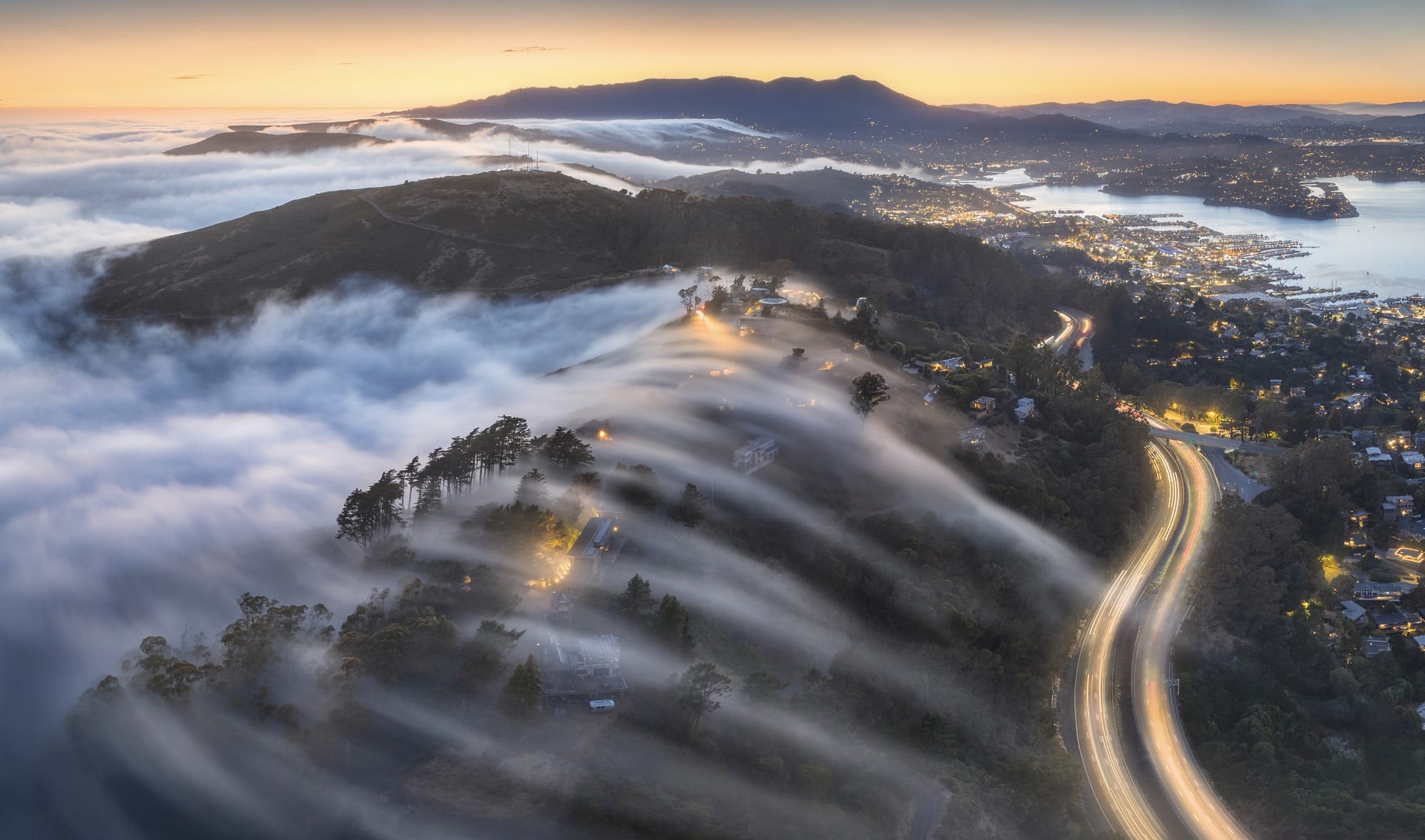
All winning entries are viewable online, filling a gap in professional aerial photography competitions and promoting its artistic and public appeal.
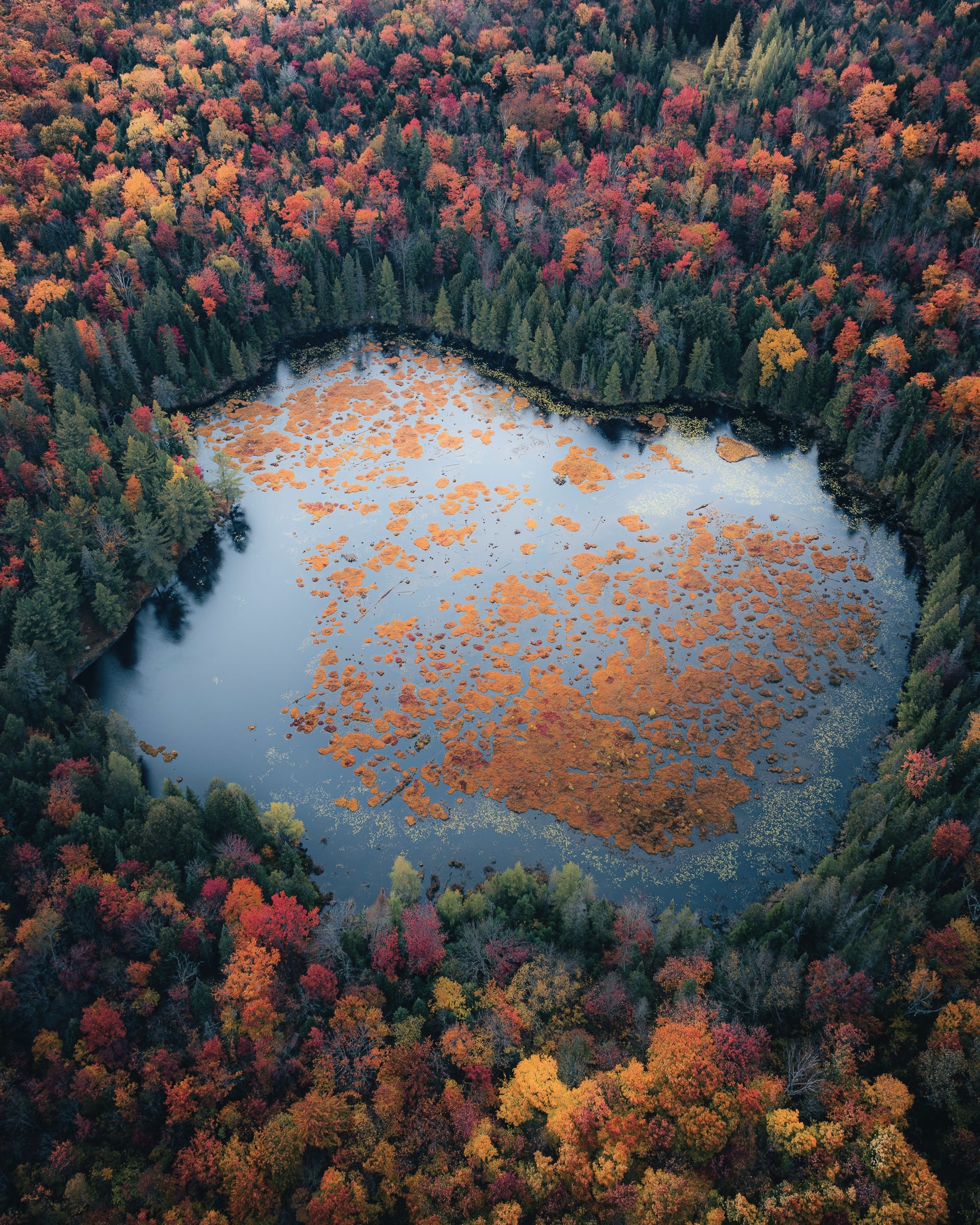

2025 ZWO Astronomy Photographer of the Year competition, organized by the Royal Observatory Greenwich and BBC Sky at Night Magazine, the contest selected 30 outstanding works from 5,580 global submissions, covering themes such as solar activity, nebulae, comets, and landscape astrophotography.
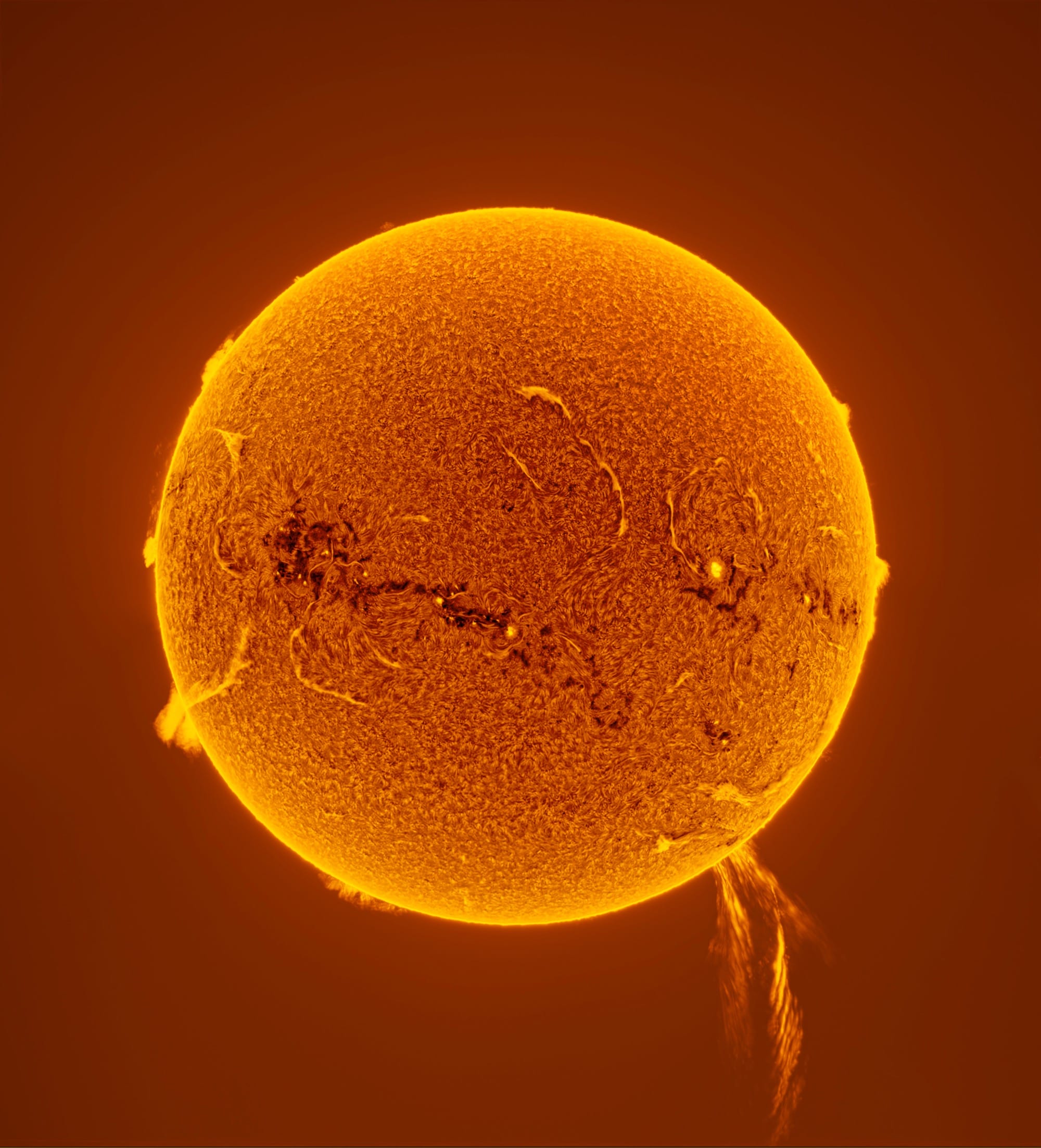
Solar Phenomena
Chinese photographer PengFei Chou captured a massive 500,000-kilometer solar prominence eruption using 20 stacked data sets, creating a slow-motion-like, awe-inspiring visual.
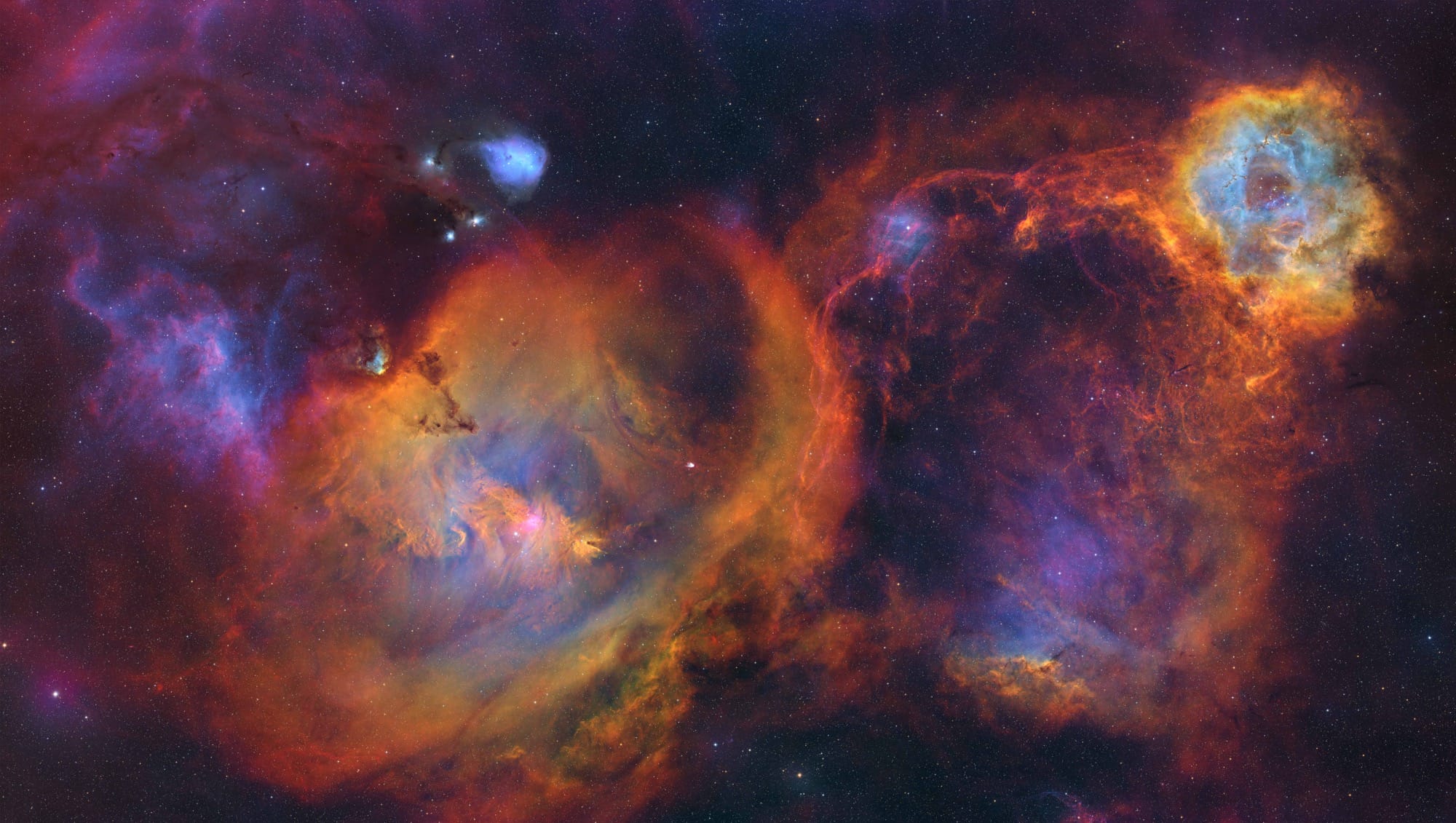
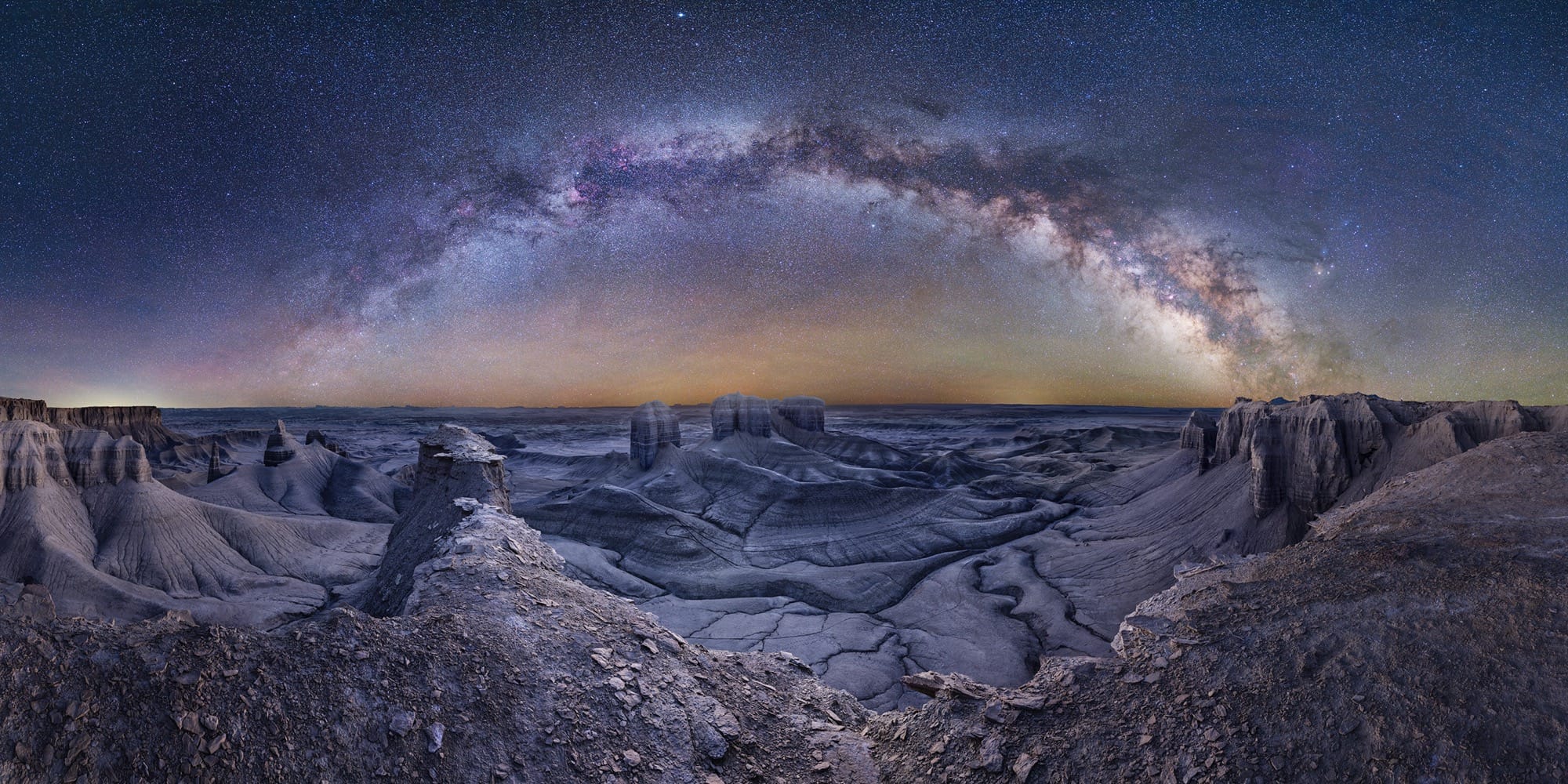
Creative Terrestrial-Astro Fusion
Benjamin Barakat photographed star trails encircling dragon’s blood trees in Yemen, while Jim Hildreth documented the Milky Way arching over Utah’s “lunar landscape.”
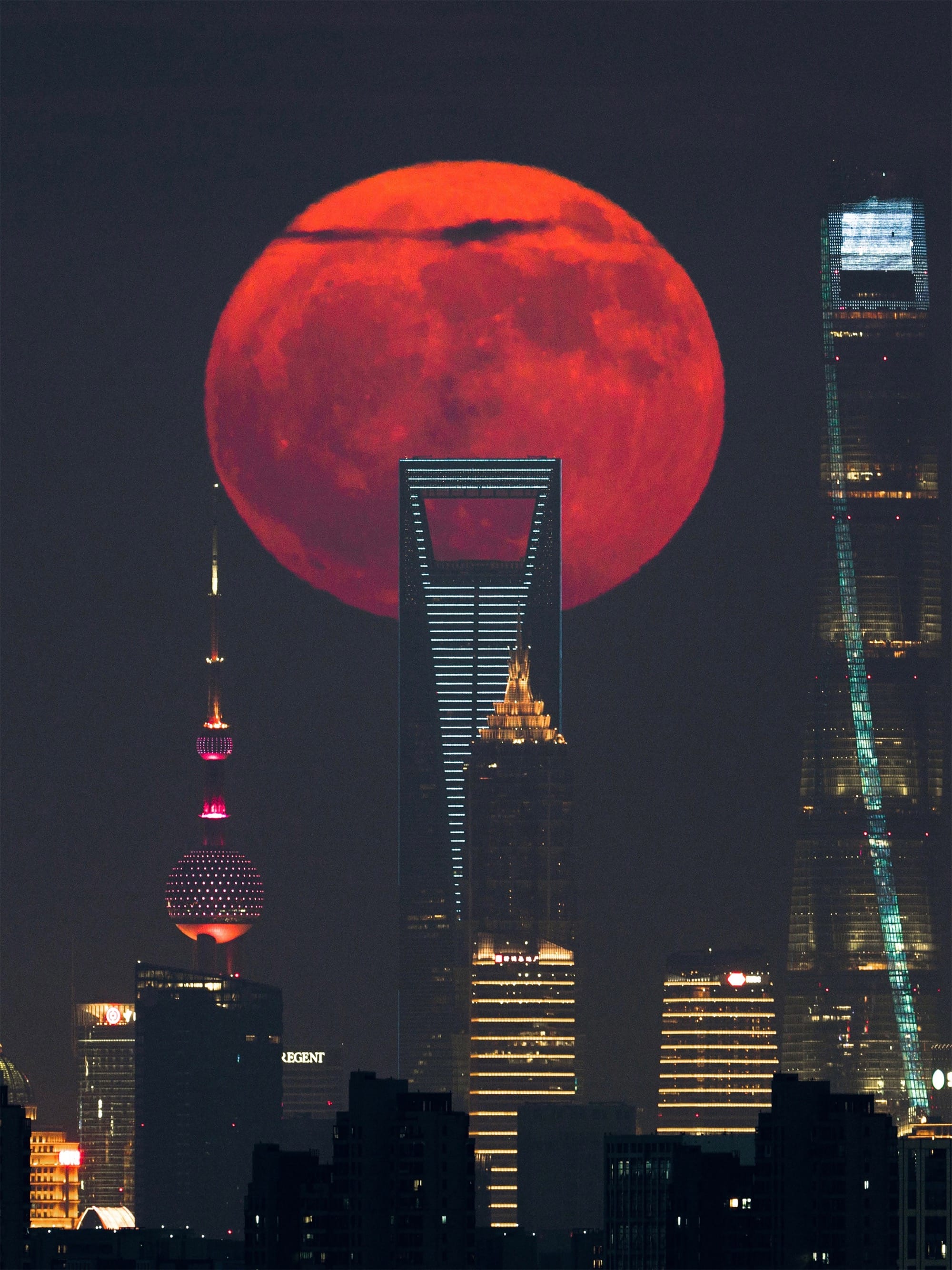
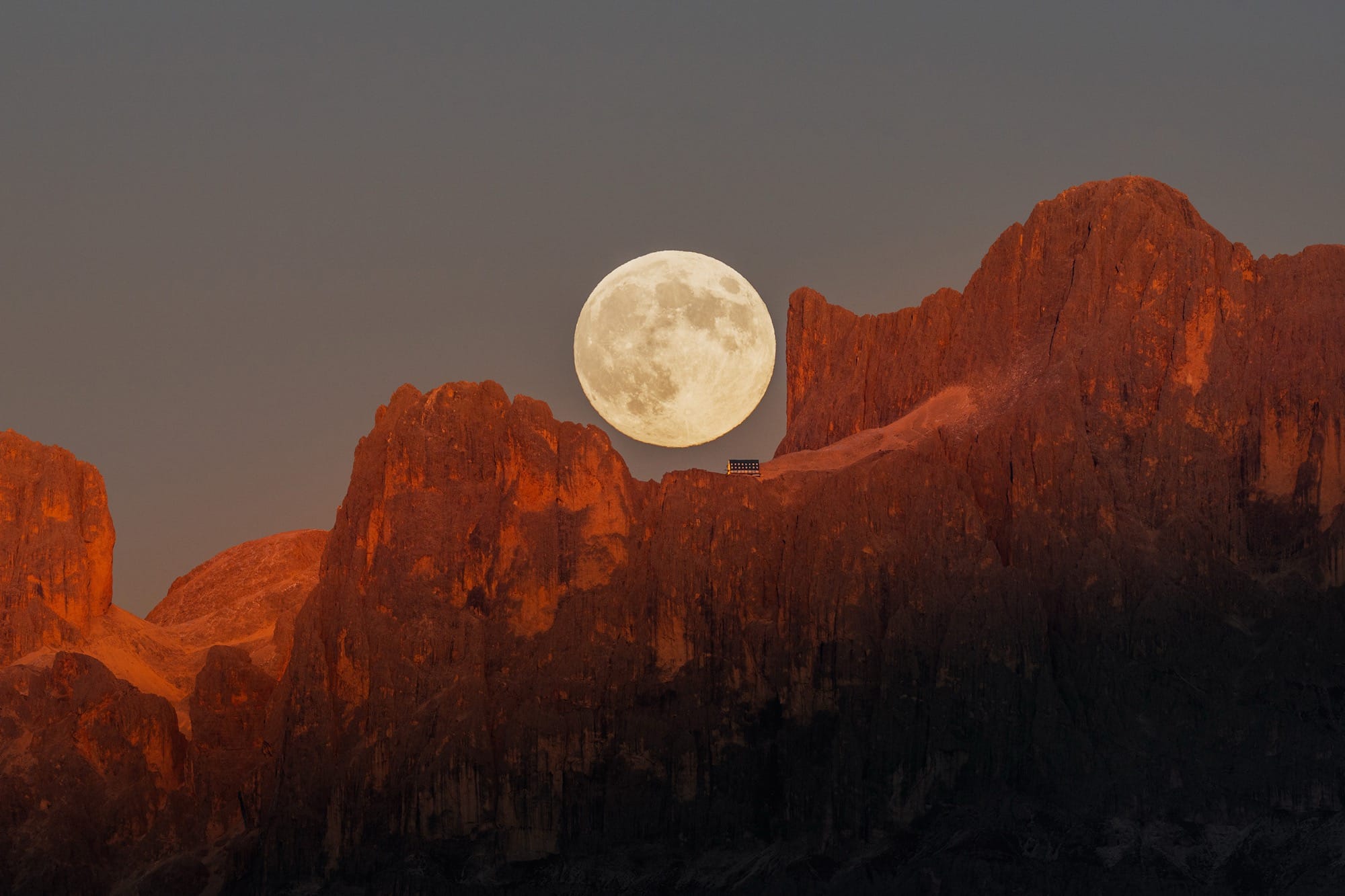
Diverse Cosmic Wonders
Shortlisted works include a mosaic of the Rosette Nebula, a “blood moon” against a city skyline, and a perfect moonrise over the Dolomites, blending scientific and artistic excellence.
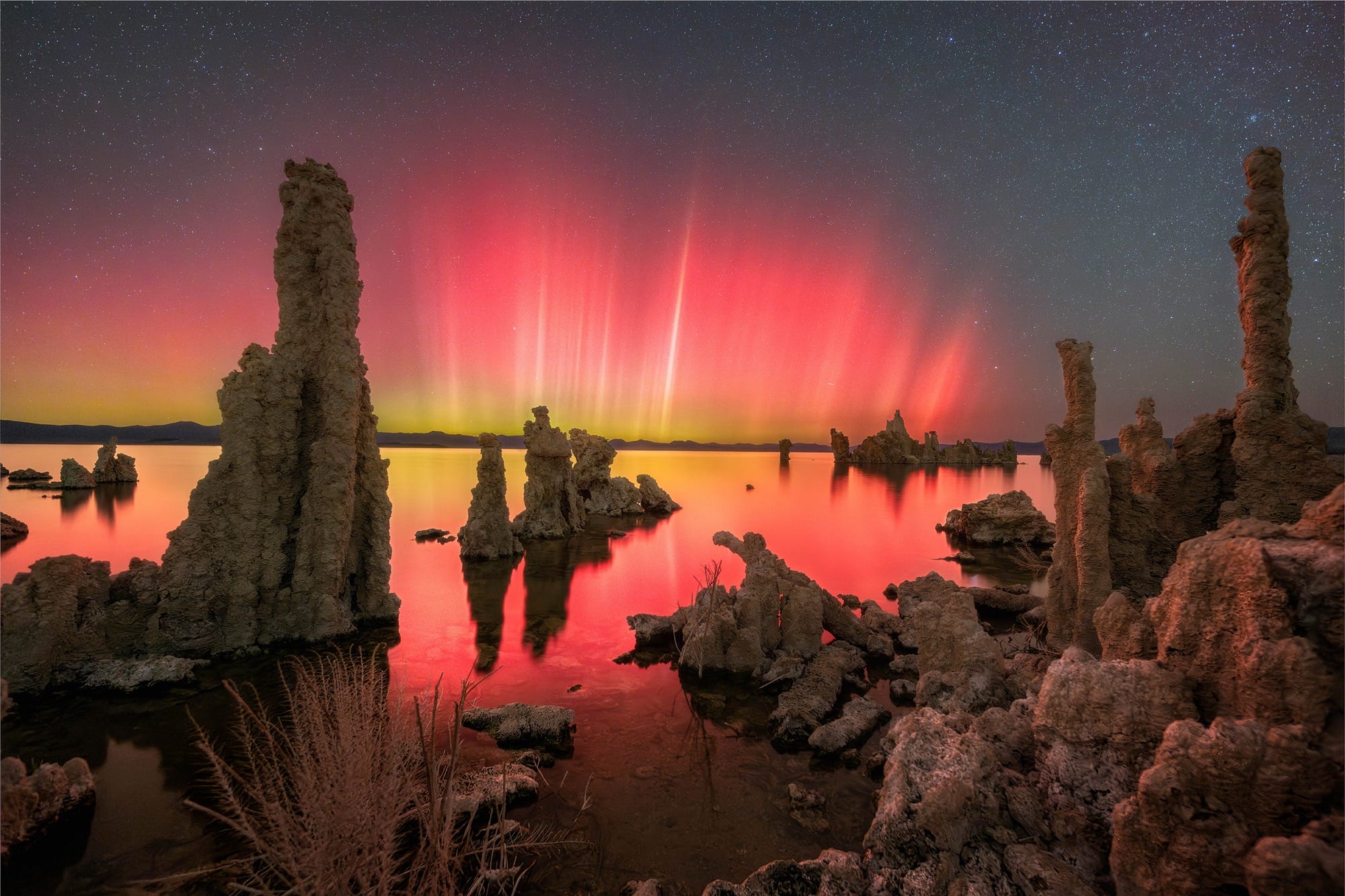
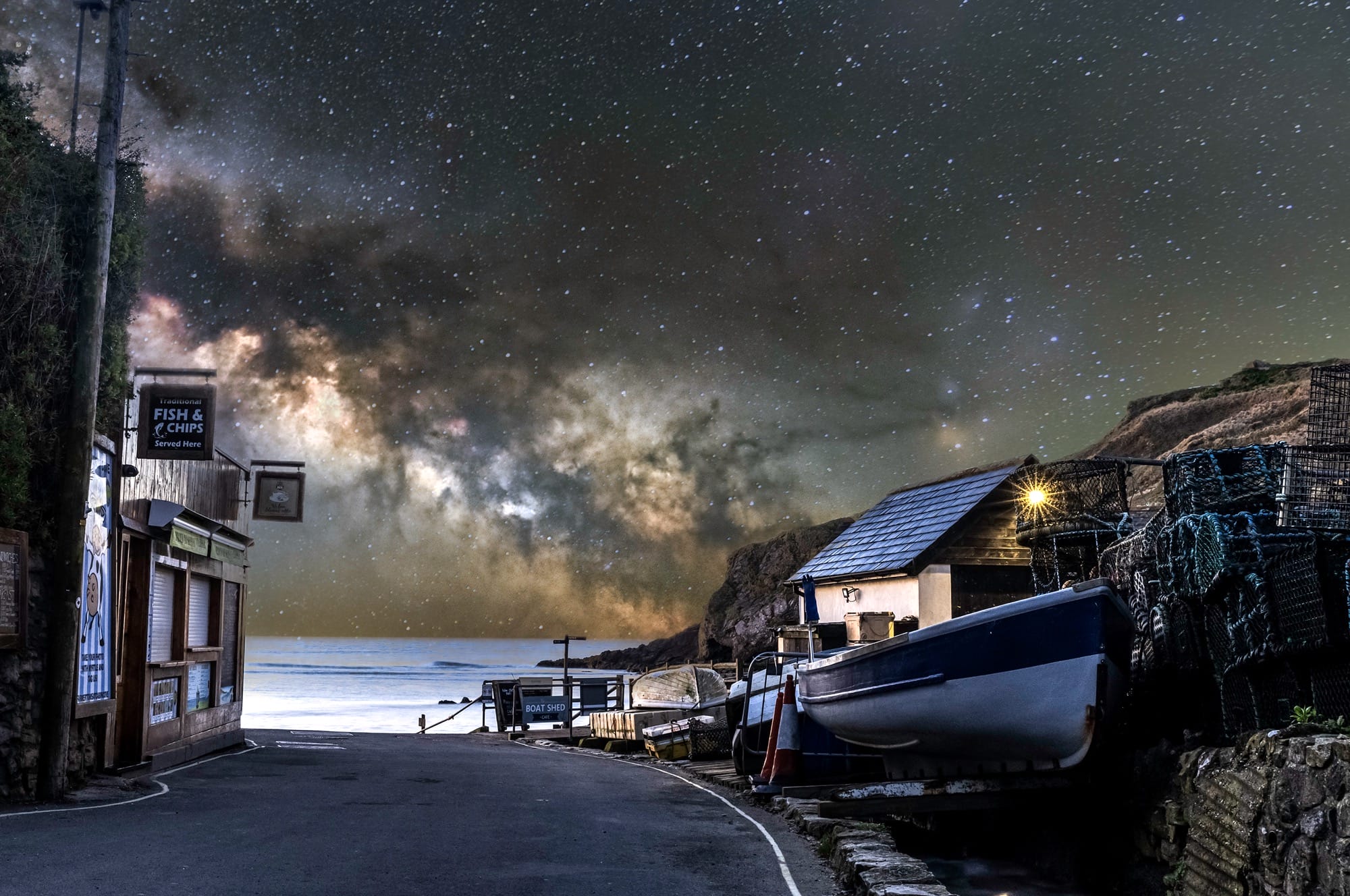
Winners across 10 categories will be announced on September 11, followed by an exhibition at the UK’s National Maritime Museum. Running for 17 years, the competition remains a benchmark in astrophotography, inspiring public fascination with the universe through visual storytelling.
All images © the photographers, courtesy of the 2025 International Aerial Photographer of the Year Award and ZWO Astronomy Photographer of the Year, shared with permission


